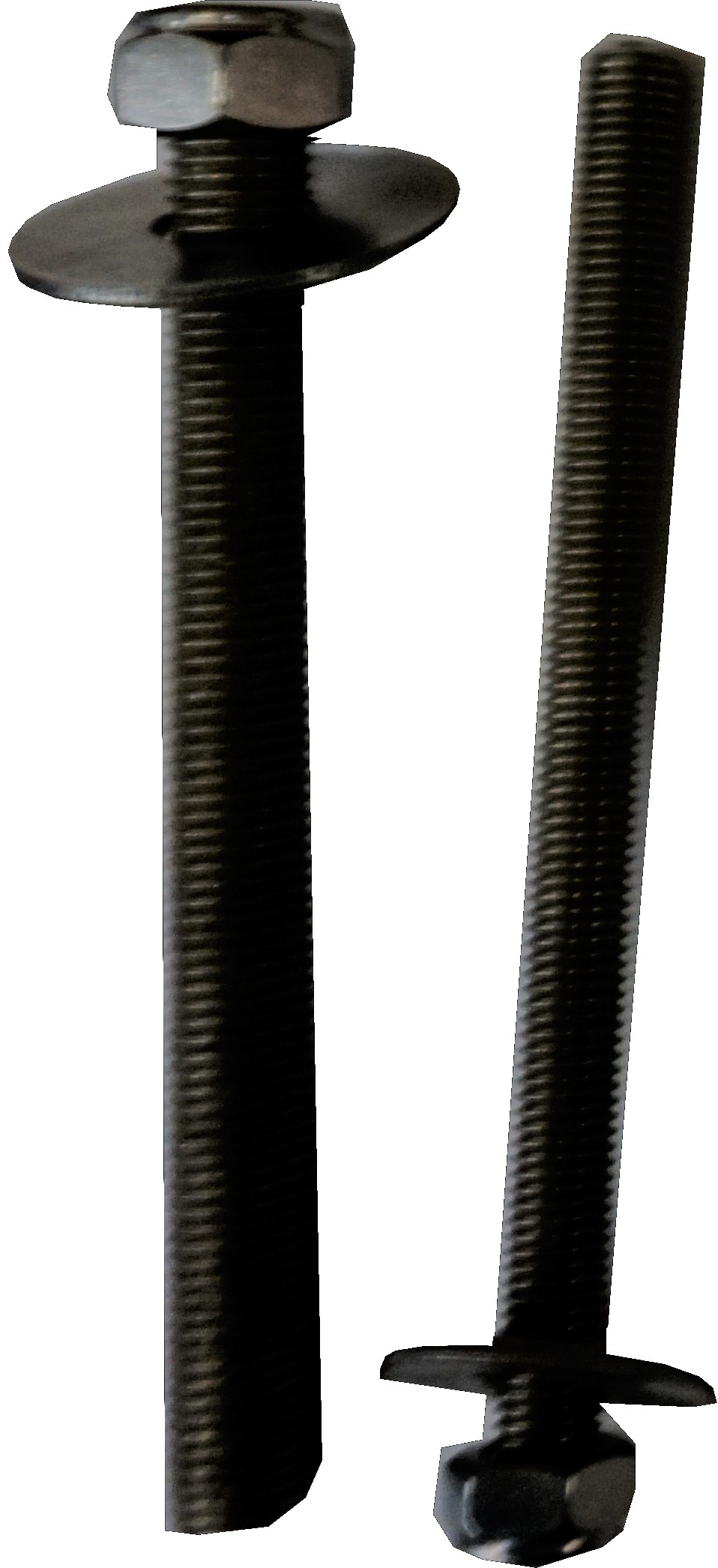Bolting Systems
 Many masons are now adopting the bolting method for securing the plate to base. Plate to base bolting has many advantages. The plate is completely secure from the word go as there is no cement to cure. Fixing can take place in any weather and there is no cleaning off to do. If necessary, when additional work is required, it is a simple procedure to split the plate from the base. The maximum dowel hole tolerance allowed in the NAMM Code of Working Practice for the bolting system is much greater than the 8mm tolerance allowed for traditional dowels, providing greater flexibility in the positioning of the plate on the base.
Many masons are now adopting the bolting method for securing the plate to base. Plate to base bolting has many advantages. The plate is completely secure from the word go as there is no cement to cure. Fixing can take place in any weather and there is no cleaning off to do. If necessary, when additional work is required, it is a simple procedure to split the plate from the base. The maximum dowel hole tolerance allowed in the NAMM Code of Working Practice for the bolting system is much greater than the 8mm tolerance allowed for traditional dowels, providing greater flexibility in the positioning of the plate on the base.
O ne of the downsides however is that plate to base bolting often necessitates longer dowels protruding from the bottom of the plate. Some masons therefore prefer to continue to cement dowels in place on site.
ne of the downsides however is that plate to base bolting often necessitates longer dowels protruding from the bottom of the plate. Some masons therefore prefer to continue to cement dowels in place on site.
The Flush Bolting system is a second generation bolting system designed to overcome this problem. The system comprises a drilled and tapped stainless steel rod which is resined into the base of the plate so that it is flush with the surface. Whilst the plate is being worked on there is therefore nothing protruding from the bottom surface. To secure the base to the plate, a bolt is inserted through the dowel hole in the bottom of the base and screwed into the tapped dowel in the plate – very simple but very effective.
| Return to Peg and Tube... | Continue to Dowelling... |
